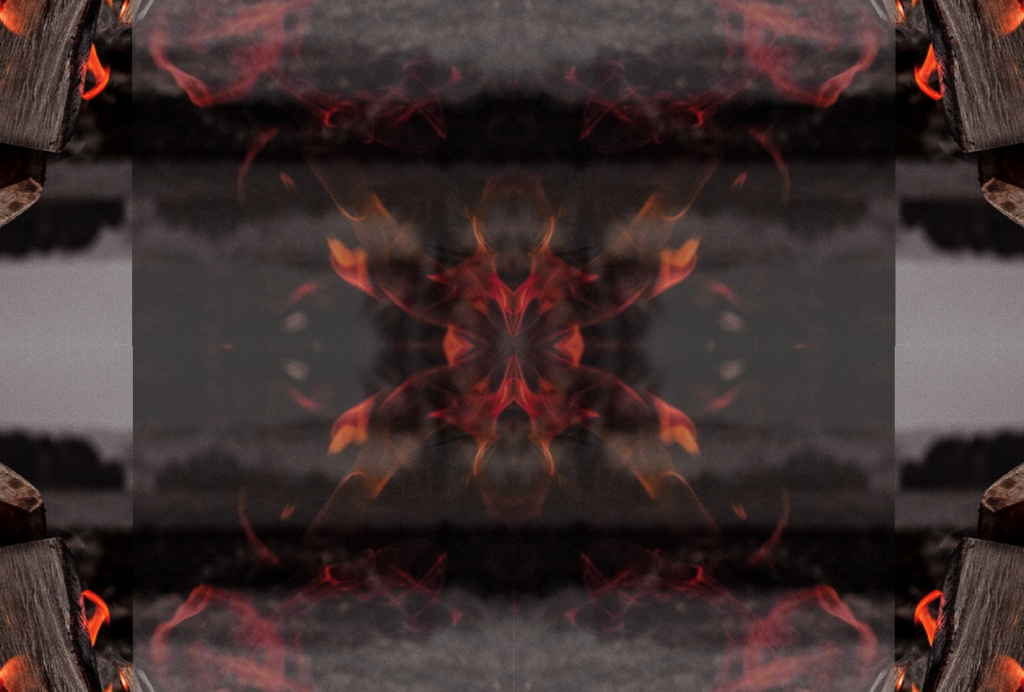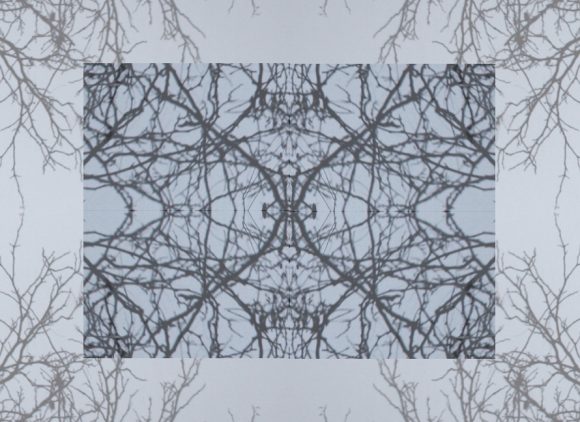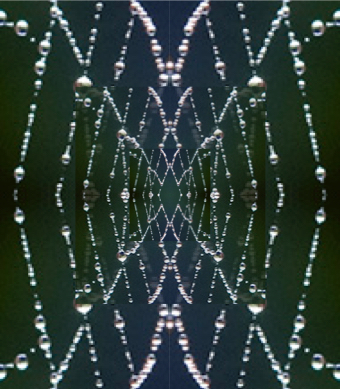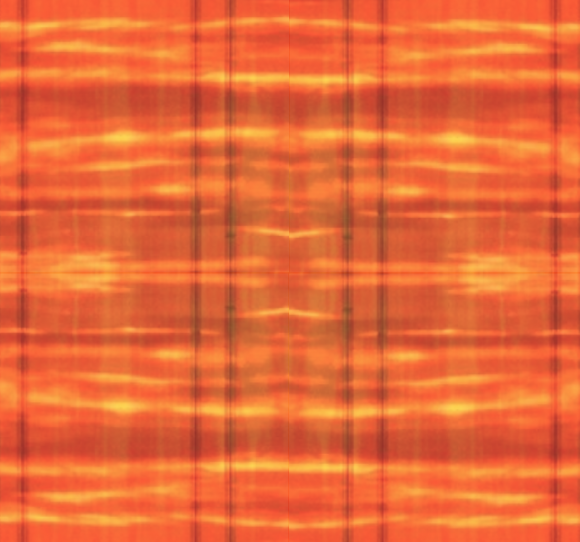Before we got sidetracked by the inhuman reaches of the soul, we looked at the curious reversal of perspectives that often happens in Jung and Hillman when they consider the relation between human beings and psyche (or soul). The entry point was a frequent observation of Hillman’s about dreams. I quoted one instance, here is another:
The psychic world is experienced empirically as inside us and yet it encompasses us with images. I dream and experience my dreams as inside me and yet at the same time I walk around in my dreams and am inside them. (RVP 23)
That we experience dreams and fantasies as something “inside us”, something “we have”, is a phenomenal fact: this is how we experience it, how it appears to us. But then we draw an incorrect inference from this fact: namely, that therefore, dreams and fantasies actually are what they appear to be, i.e. something inside us, some product of our personal psychology. The inference is incorrect, not because it has the facts wrong, but because it has them incomplete — it doesn’t consider all the facts. In this case, what is missing is a further phenomenal fact: that we “walk around in our dreams”.

The inference is incorrect because it starts from a partial phenomenology; the complete phenomenology would have to include (at a minimum) both the facts. Obviously, however, these two are in conflict: how can it be both that a) we’re inside the dream, and, b) the dream is inside us? Do we have to simply fall back to the view that “[p]aradoxically, at the same time these images are in us and we live in the midst of them”? (RVP 23)
I don’t think so.
For clearly, at least in the case of dreams, these two experiences happen at separate times, and in separate contexts: “At night the dream has me, but in the morning I say, I had a dream.” (DU 98; my emphasis) If we are phenomenologically careful, it is precisely not the case, as Hillman says in the quote above, that “at the same time I walk around in my dreams and am inside them” as “I experience my dreams as inside me”. When I have the latter experience, the dream is over and I’m looking back at it from the day world, from within waking life.
(I suspect that the context here, i.e. the context of day world vs. night world, waking life vs. dream experience, is more crucial a difference than the actual timing aspect, i.e. the question of the point according to the shared spatiotemporal coordinate system at which the experience happens. For consider this: if, in the morning, I close my eyes and deliberately recall and relive the dream, I might still experience it as something I’m inside, i.e. I relive the experience of walking around in the dream world. Considering only the time coordinate, then, this happens “at the same time”, at least roughly, as my waking-life reflection on the dream which I now take to have been “inside me”, something “I had”, rather than it having me. But this kind of construct seems artificial, and the relevant difference is still there: waking reflection has it that “I had the dream”, whereas dream experience has it that “the dream had me”, even if they converge towards the same time coordinate in the shared spatiotemporal grid.)
Thus, rather than calling it a paradox and be done, we should note that our focus has now shifted to the question of what characterizes these two contexts, and what their relationship is.




[…] and Hillman both frequently make a move I have called “perspective reversal”: they make us aware that, while we believe that we “have” our dreams, actually the dreams […]